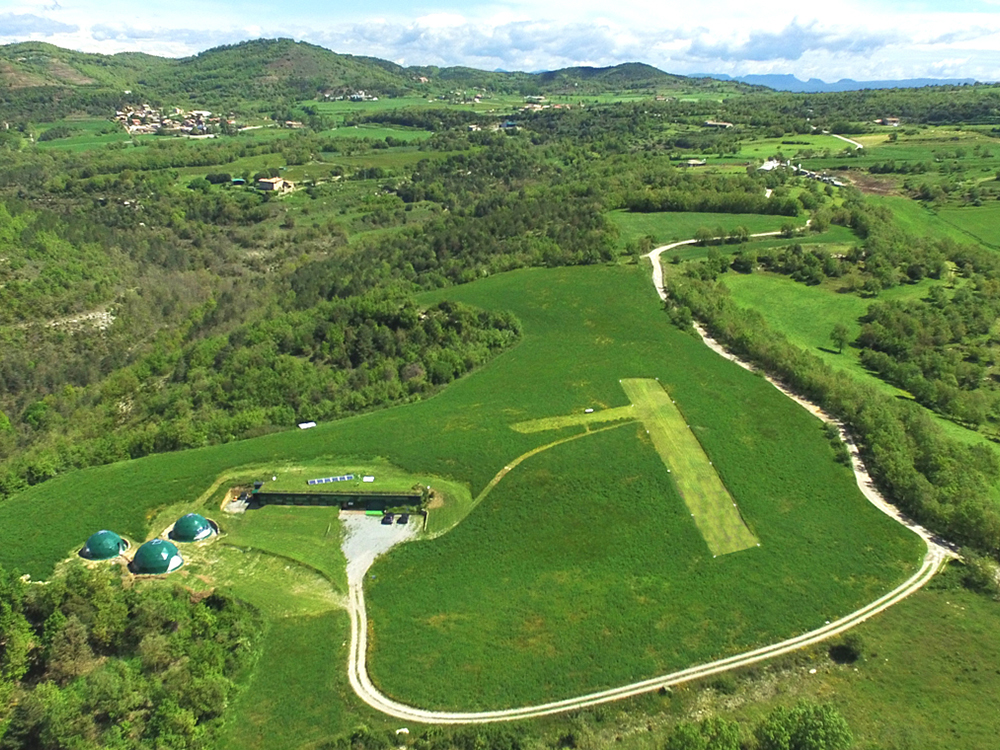The European Agency for the Space Program (EUSPA) is moving forward with its rollout of the free Galileo high accuracy service (HAS). Speaking at the recent HAS Days event in Spain, EUSPA’s Carmen Aguilera said, “Galileo HAS is user driven, as is the case for all European space programs. Our goal is to make sure that the services we are delivering are tailored to meet the needs of the users and the industries that will employ them in their businesses.”
EUSPA has recently launched a series of testing campaigns at the European GNSS Service Center (GSC) in Torrejon, aimed at assessing HAS performance in different application settings. “The accuracy of the performance of the service can differ, depending on the use case,” Aguilera said. “What is the speed, the dynamics? What are the obstacles and where is the user working? So we have been integrating and testing Galileo high accuracy in different dynamic user scenarios.”
One of the first testing campaigns has involved HAS being used in drone navigation, in cooperation with navigation technologies company Rokubun and Galileo operational service provider Spaceopal. Researchers flew EUSPA’s own ATMOS-8 fixed-wing drone out of the CATUAV/BCN Drone Center near Barcelona. The vehicle was equipped with a Rokubun MEDEA GNSS receiver.
“We performed, together with Rokubun, a series of flights where we collected gross signals,” said Aguilera, “and we then applied the HAS PPP corrections in post-processing, using the Rokubun JASON, HAS reference algorithm and other EUSPA tools. This allows us to compute the trajectories that would have been obtained if we had used a Galileo HAS receiver onboard the drone.”
The assessment of the obtained trajectories is ongoing and EUSPA will make the results available when the study is complete. “This is an example of kind of offline or post-processing testing that can be quite useful for those of you who might be thinking about using Galileo high accuracy for a specific application, but who may not know what kind of performance to expect. We can use this methodology to determine how good Galileo HAS would be for your use case at a very limited cost.”
EUSPA is currently undertaking similar tests of HAS performance in maritime navigation scenarios in rivers and ports in Ireland, in cooperation with the General Lighthouse Authority. All results are expected to be available in the fall of 2023.






